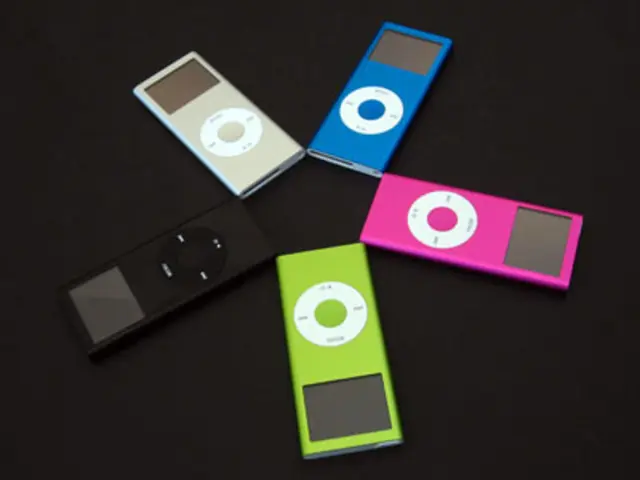Starlink Expands Mobile Connectivity, Revolutionizing Remote Areas
Starlink, SpaceX's satellite internet division, has expanded its services to include mobile connectivity. The company, in collaboration with T-Mobile, has introduced Starlink Direct to Cell, offering access to various apps like social media, messaging, navigation, and IoT connections in remote areas. This service is set to revolutionize mobile communication in regions previously lacking cellular connectivity.
Starlink's direct-to-cell service leverages a constellation of 650 satellites operating at a lower height of 360 kms, dedicated to direct-to-device connectivity. This has enabled it to become the largest 4G coverage provider, connecting over six million users across five continents. The service began deploying direct-to-cell satellites in January 2024, initially covering 20% of US land area and 90% of the Earth.
SpaceX plans to expand this service globally by utilizing EchoStar's 2 GHz band rights. T-Mobile, the primary collaborator in the US, provides coverage primarily in the United States, with plans to extend it worldwide. SpaceX has partnered with multiple Mobile Network Operators to connect millions more in areas without previous cellular connectivity.
AST SpaceMobile, another player in the field, aims to have 45-60 satellites in orbit by the end of 2026. This will offer limited direct-to-cellular connectivity by mid-2026. Two of its satellites, BlueBird 6 and BlueBird 7, are scheduled for launch soon.
Starlink Direct to Cell, in collaboration with T-Mobile and other Mobile Network Operators, is set to eliminate mobile dead zones globally. With over 650 satellites dedicated to direct-to-device connectivity and plans to expand, this service promises to connect millions more, bridging the digital divide in remote areas.
Read also:
- India's First Indigenous Nuclear Submarine Fires Ballistic Missile
- Middle Eastern airports strive for modernization and environmental friendliness, with Dabico gazing upward at their progressive initiatives.
- Spacecoin Makes History With First-Ever Space Blockchain Transaction
- GE Aerospace's ATLAS System Reaches Supersonic Speeds in Flight Tests








